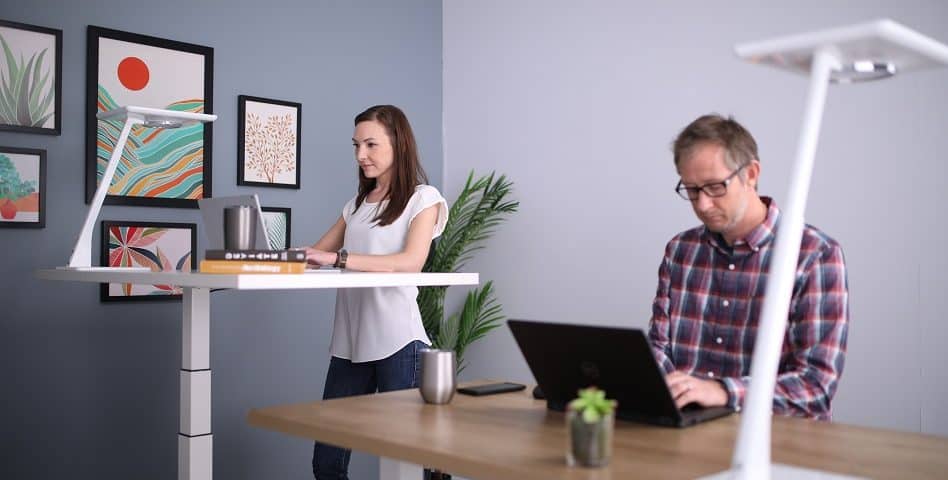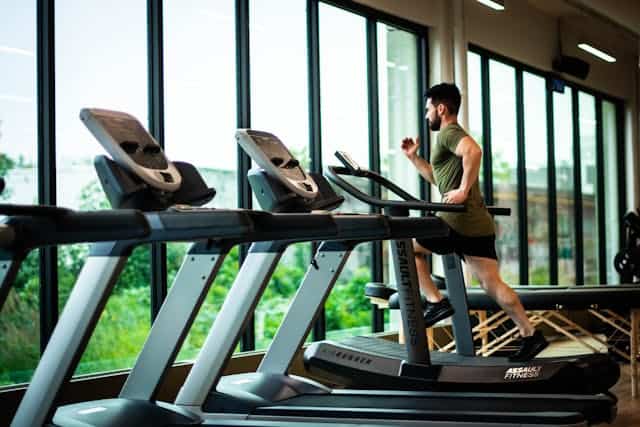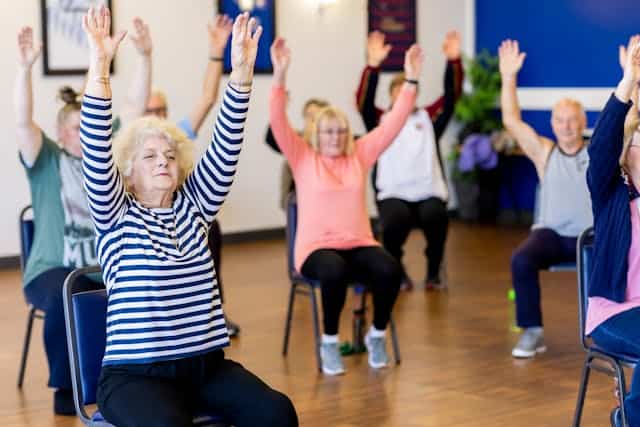
Accuracy and Precision of Consumer-Grade Wearable Activity Monitors for Assessing Time Spent in Sedentary Behavior in Children and Adolescents: Systematic Review
August 17, 2022
What works to reduce sedentary behavior in the office, and could these intervention components transfer to the home working environment?: A rapid review and transferability appraisal
August 31, 2022A paper titled “Effectiveness of an intervention for reducing sitting time and improving health in office workers: three arm cluster randomised controlled trial” has recently been published in BMJ. The summary of the paper and citation details are re-posted below. The full publication is available here.
ABSTRACT
Objectives To evaluate the effectiveness of an intervention, with and without a height adjustable desk, on daily sitting time, and to investigate the relative effectiveness of the two interventions, and the effectiveness of both interventions on physical behaviours and physical, biochemical, psychological, and work related health and performance outcomes.
Design Cluster three arm randomised controlled trial with follow-up at three and 12 months.
Setting Local government councils in Leicester, Liverpool, and Greater Manchester, UK.
Participants 78 clusters including 756 desk based employees in defined offices, departments, or teams from two councils in Leicester, three in Greater Manchester, and one in Liverpool.
Interventions Clusters were randomised to one of three conditions: the SMART Work and Life (SWAL) intervention, the SWAL intervention with a height adjustable desk (SWAL plus desk), or control (usual practice).
Main outcomes measures The primary outcome measure was daily sitting time, assessed by accelerometry, at 12 month follow-up. Secondary outcomes were accelerometer assessed sitting, prolonged sitting, standing and stepping time, and physical activity calculated over any valid day, work hours, workdays, and non-workdays, self-reported lifestyle behaviours, musculoskeletal problems, cardiometabolic health markers, work related health and performance, fatigue, and psychological measures.
Results Mean age of participants was 44.7 years, 72.4% (n=547) were women, and 74.9% (n=566) were white. Daily sitting time at 12 months was significantly lower in the intervention groups (SWAL −22.2 min/day, 95% confidence interval −38.8 to −5.7 min/day, P=0.003; SWAL plus desk −63.7 min/day, −80.1 to −47.4 min/day, P<0.001) compared with the control group. The SWAL plus desk intervention was found to be more effective than SWAL at changing sitting time (−41.7 min/day, −56.3 to −27.0 min/day, P<0.001). Favourable differences in sitting and prolonged sitting time at three and 12 month follow-ups for both intervention groups and for standing time for the SWAL plus desk group were observed during work hours and on workdays. Both intervention groups were associated with small improvements in stress, wellbeing, and vigour, and the SWAL plus desk group was associated with improvements in pain in the lower extremity, social norms for sitting and standing at work, and support.
Conclusions Both SWAL and SWAL plus desk were associated with a reduction in sitting time, although the addition of a height adjustable desk was found to be threefold more effective.
Trial registration ISRCTN Registry ISRCTN11618007.
CITATION
Edwardson C L, Biddle S J H, Clemes S A, Davies M J, Dunstan D W, Eborall H et al. Effectiveness of an intervention for reducing sitting time and improving health in office workers: three arm cluster randomised controlled trial BMJ 2022; 378 :e069288 doi:10.1136/bmj-2021-069288




